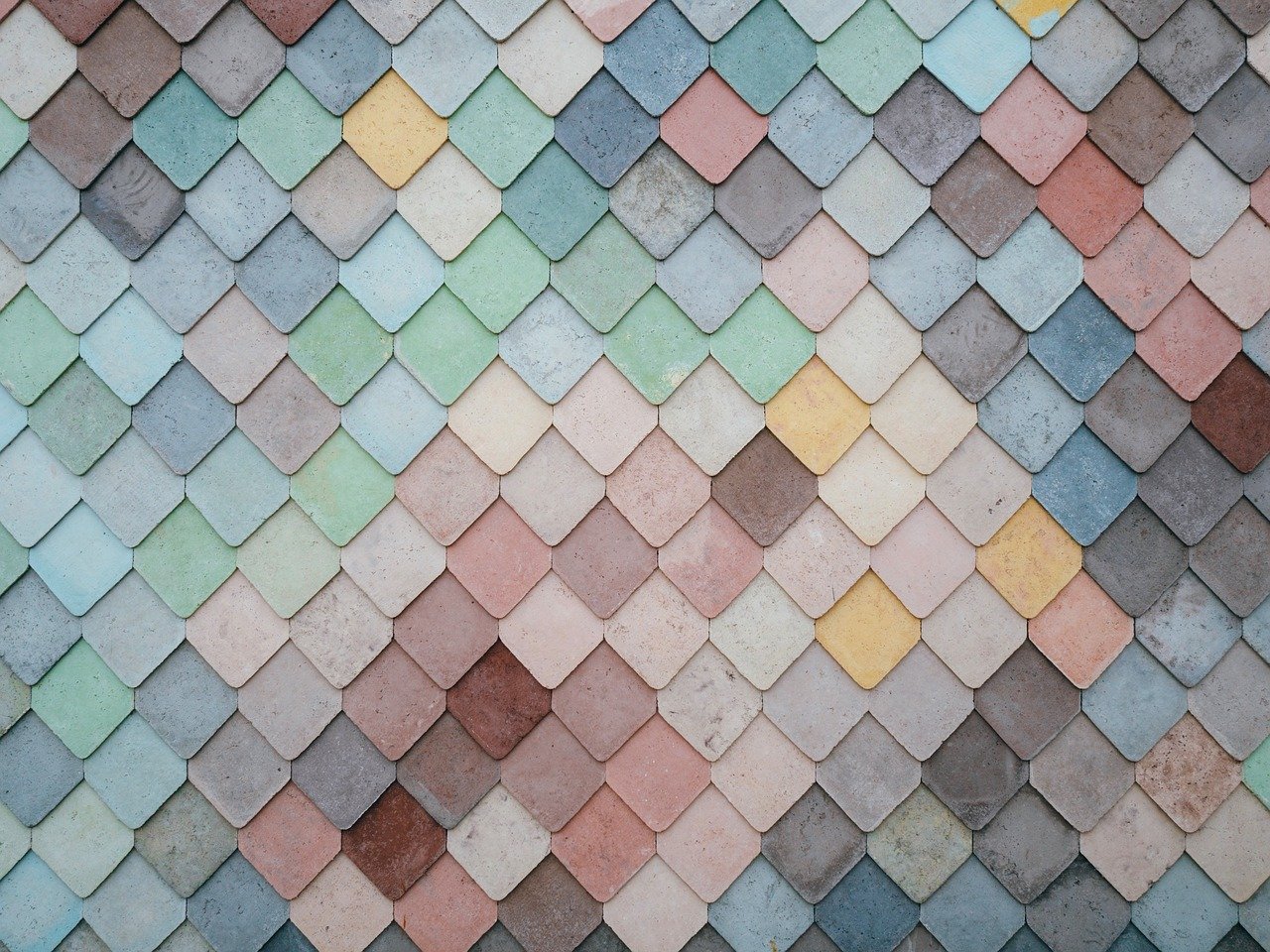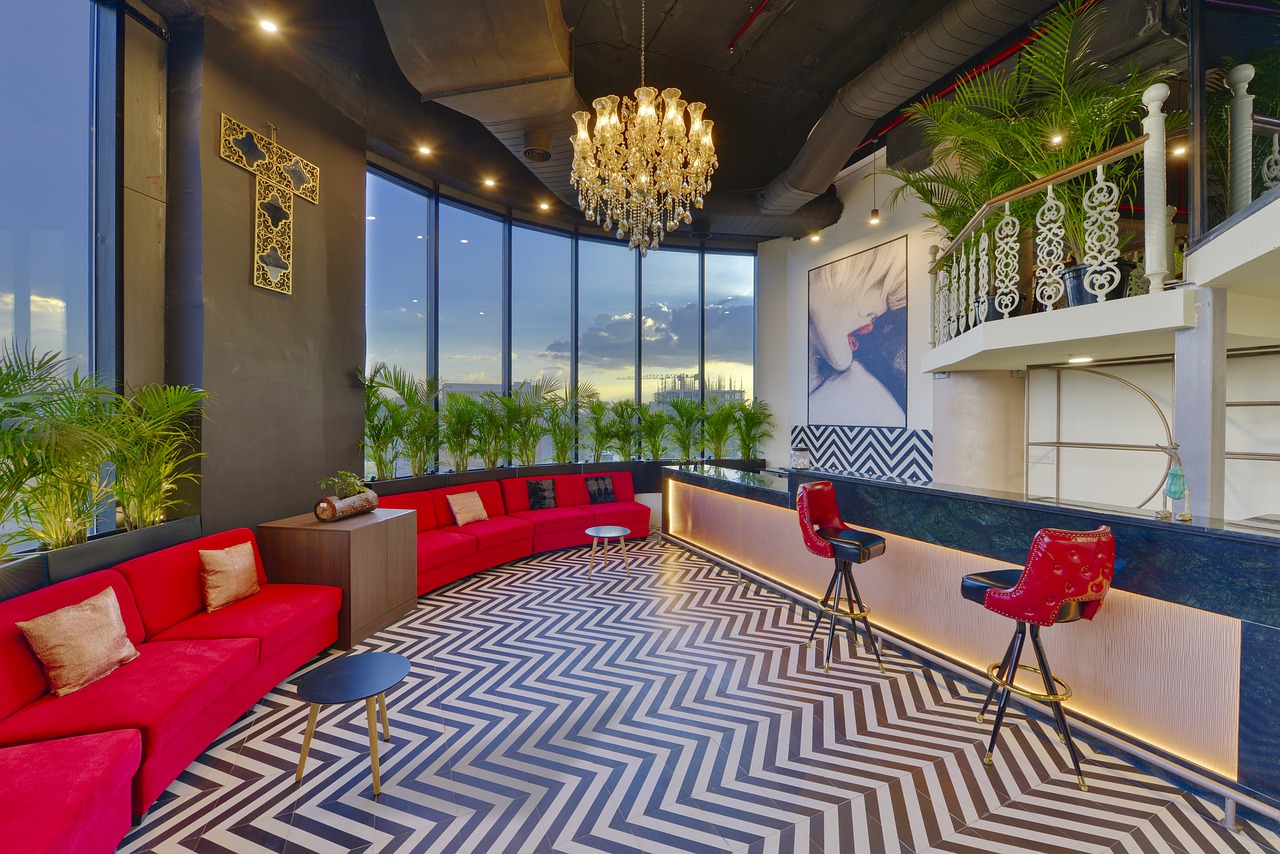We extend our warmest welcome to you, our lovely readers. We are very pleased to present you with our newest joint project that will discuss the most important and interesting topics regarding interior design. We hope you like the content we share and that you soon become a regulator visitor.
History of Interior Design
Although our website will be more concerned with the newest interior design trends, we simply can’t ignore the history of our craft. We thought our welcome post would be the perfect occasion to discuss the history of interior design with you.
Prehistoric Dwellings
Yes, we do honestly believe that our prehistoric ancestors also had a sense of aestheticism that found its ways to their dwellings. Whether that be cave paintings or statues, our prehistoric ancestors did their best with the knowledge and materials they possessed.
Ancient Egypt
We are all very aware of the elaborate decorations found in ancient Egyptian tombs and temples. Although the design was dictated by their religious canon, it still serves as an example of deliberate.
Unfortunately, we don’t have any surviving ancient Egyptian palaces, but we have information as to what they looked like. Some had a pyramid structure; repetitive rows of columns and they were usually made in limestone.
Inside, one could find richly decorated pieces of furniture, some of which survive to this day. Tutankhamun was entombed with his favourite furniture that includes a wooden chair covered in golden carvings depicting his reign, along with a magnificent painted wooden chest and a wooden cabinet with complex construction.
Ancient Egypt continues to inspire modern interior designers and its influences can be seen everywhere around us if one knows where to look.
Greek and Roman
Both Greeks and Romans were influenced by the architecture and interior design of Egypt, but they also introduced a lot of innovations of their own. The Greeks introduced marble and turned it into gorgeous buildings and statues. The Romans continued this tradition and gave us the elaborate bathhouses, combining beauty and comfort.
Ancient Greece was one of the first (if not the first) nation to introduce building regulations, and who can forget the Greek philosophers discussing aesthetics, especially considering those relating to architecture, art, and design. They were arguably the ancient version of contemporary design theorists.
European Gothic, Renaissance, Baroque, Rococo, and Traditional Styles
During the early medieval times, the European interior design used to be very conservative even in rich palaces. Simple wood and stone dominated the landscape. This changed with the emergence of Gothic in the 12th century.
The Gothic style re-introduced vibrant colours that were especially visible in the ornaments of Gothic churches and their magnificent windows. Architects used Roman techniques to build grand churches and castles that stand strong today.
The Gothic paved the way for the Renaissance style to emerge. The Renaissance is famous for re-introducing ancient art and design. Marble was back on the table along with beautiful statues reminiscent of Ancient Greece and Rome. Rich textures like oak and velvet were popular.
The Baroque style was even bolder and richer than the Renaissance. With its dramatic shapes and colours, the opulence of Baroque is historically represented by its absolutist monarchs who embraced the style like King Louis XIV.
Rococo followed the natural evolution of Baroque. A bit toned down in comparison to its predecessor, Rococo introduced floral designs, pastel colours and elaborate ornamentation with curved furniture.
After all this extravaganza, it was only expected for interior design to go the other way. Traditional design, best exemplified in colonial buildings, relied on dark natural colours and grand wooden furniture like bookshelves and beds with canopies.
Contemporary designers still find inspiration in these styles and they resurrect them in either their pure form or a modernised version of it.
The Industrial Revolution
The Industrial Revolution was the catalyst for democratising interior design. The styles we previously discussed were reserved for the noble and affluent, but industrialisation changed that. The new middle class had enough resources to decorate their homes. Furniture became more affordable and newspapers began featuring the newest design trends.
These events resulted in the creation of a new profession – that of the interior designer. The first mention of this word was in the New York Times in 1903 when they proclaimed Elsie de Wolfe to be the first interior designer working on commission.
And with this, we conclude our (very brief) history of interior design. Don’t forget to check out our other articles!



